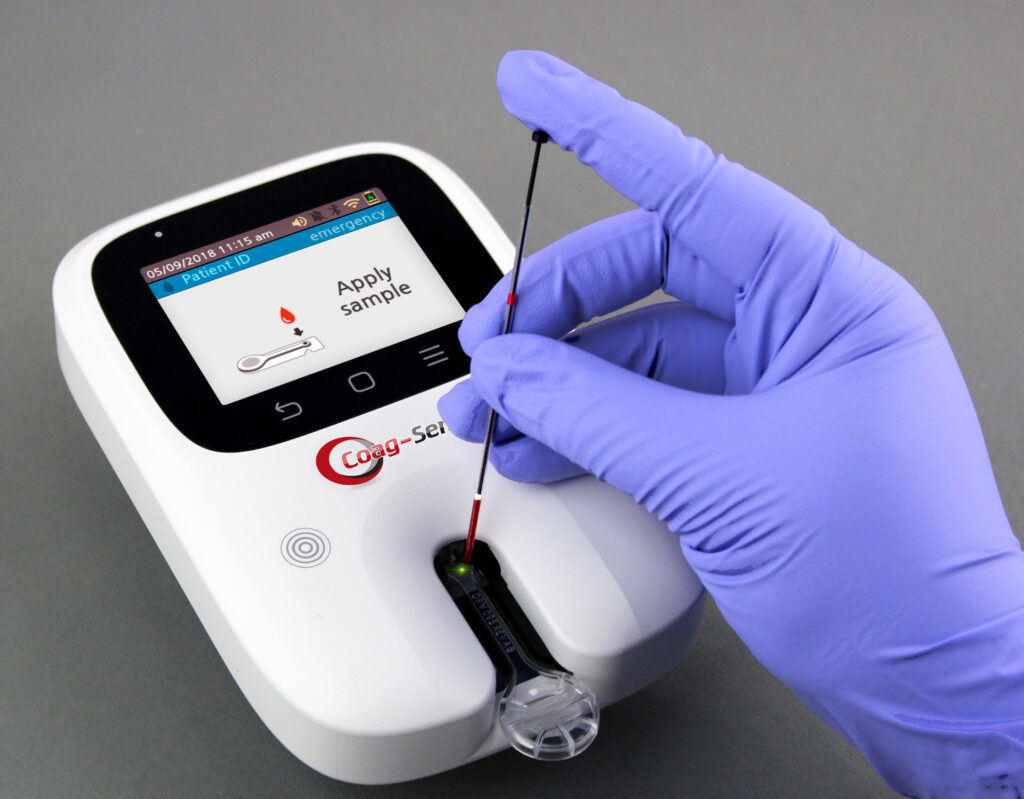Warfarin is a powerful blood thinner prescribed to prevent dangerous blood clots. However, its effectiveness can be influenced by various medications and supplements, making patient self testing PT/INR monitor usage essential for safe and effective treatment. Understanding how different substances interact with warfarin can help patients maintain stable INR levels and avoid complications.
In this comprehensive guide, we will explore the most important interactions between warfarin and other medications or supplements, how these affect your PT/INR readings, and practical tips for managing your therapy safely.
Understanding Warfarin and the Importance of Patient Self Testing PT/INR Monitor
Warfarin works by inhibiting vitamin K-dependent clotting factors, thus reducing the blood’s ability to form clots. Since the therapeutic range of warfarin is narrow, even slight changes in blood concentration can lead to under- or over-anticoagulation, risking stroke or bleeding.
That’s why patient self testing PT/INR monitors are critical. These devices allow patients to frequently check their INR (International Normalized Ratio) levels at home, ensuring their blood thinner therapy remains within a safe range.
Using a patient self testing PT/INR monitor helps:
- Detect fluctuations caused by drug or supplement interactions
- Avoid emergency hospital visits
- Empower patients in managing their treatment
Common Medications That Interact with Warfarin
Many prescription and over-the-counter drugs can affect warfarin’s action by increasing or decreasing its anticoagulant effect. These interactions can dangerously alter your INR readings.
- Antibiotics
Certain antibiotics, such as ciprofloxacin and metronidazole, can increase warfarin’s effect, causing a higher INR and risk of bleeding. Others, like rifampin, may reduce warfarin’s effect, increasing clot risk.
- Non-Steroidal Anti-Inflammatory Drugs (NSAIDs)
NSAIDs like ibuprofen and naproxen do not affect INR but increase bleeding risk by irritating the stomach lining and affecting platelet function.
- Antifungal Medications
Drugs like fluconazole and ketoconazole can significantly increase warfarin’s anticoagulant effect, requiring closer INR monitoring.
- Anti-Seizure Medications
Medications such as phenytoin can reduce warfarin effectiveness, requiring dose adjustments.
Supplements and Herbal Products That Affect Warfarin
Many patients take dietary supplements and herbal products without realizing their impact on warfarin. Some common ones include:
- Vitamin K Supplements and Foods
Vitamin K is a direct antagonist to warfarin. Foods rich in vitamin K (like spinach, kale, and broccoli) and vitamin K supplements can lower INR and reduce warfarin’s effectiveness.
- St. John’s Wort
This popular herbal supplement can decrease warfarin’s effect by increasing its metabolism, lowering INR levels.
- Ginkgo Biloba
Known to increase bleeding risk by affecting platelet function; caution is advised when taken with warfarin.
- Fish Oil and Omega-3 Supplements
These can increase bleeding risk by thinning the blood, although their effect on INR is minimal.
How to Manage Warfarin Interactions Using a Patient Self Testing PT/INR Monitor
Managing warfarin therapy requires vigilance, especially when starting or stopping other medications or supplements.
- Frequent Monitoring: Use your patient self testing PT/INR monitor to check INR more frequently when any new drug or supplement is introduced.
- Keep a Medication Diary: Document all medications and supplements to share with your healthcare provider.
- Communicate: Always notify your doctor or pharmacist about any new substances you plan to take.
- Consistent Diet: Maintain a stable intake of vitamin K-rich foods to avoid INR fluctuations.
Additional Factors Affecting Warfarin and INR Levels
Apart from medications and supplements, other factors can influence your INR:
- Alcohol consumption
- Illness or infections
- Changes in diet or lifestyle
- Missing doses or inconsistent warfarin intake
Using a patient self testing PT/INR monitor can help detect these fluctuations early, allowing timely intervention.
Top Tips for Safe Warfarin Use and Monitoring
- Always follow your healthcare provider’s dosing instructions carefully.
- Use your patient self testing PT/INR monitor regularly and keep records of your readings.
- Avoid self-medicating with over-the-counter drugs or supplements without consultation.
- Inform healthcare professionals about your warfarin therapy before any new treatment or procedure.
- Stay educated about possible drug and supplement interactions.
YOU MAY GO THROUGH OUR OTHER BLOGS TOO:
THE ROLE OF PHARMACOGENETICS IN WARFARIN DOSING & INR STABILITY
CEREBRAL VENOUS THROMBOSIS IN THE PUERPERIUM: A RARE BUT DANGEROUS COMPLICATION OF PREGNANCY
SUMMARY
Warfarin therapy requires careful balance to prevent complications. Understanding how medications and supplements interact with warfarin is crucial. With a patient self testing PT/INR monitor, you can maintain safe anticoagulation, catch issues early, and take control of your health.
Explore our range of patient self testing PT/INR monitors designed for ease and accuracy. Get your patient self testing PT/INR monitor and experience the confidence of managing your health at home.




